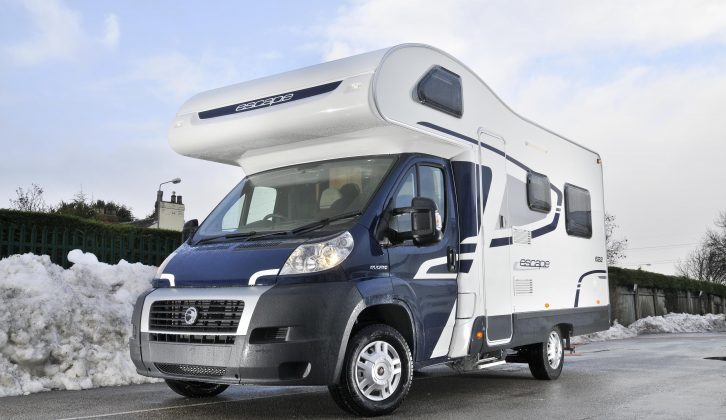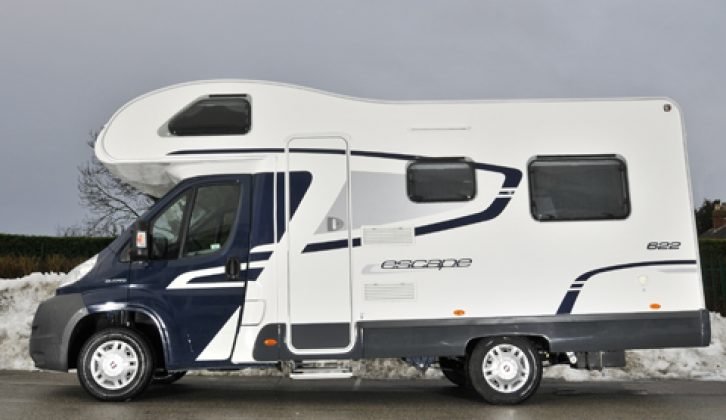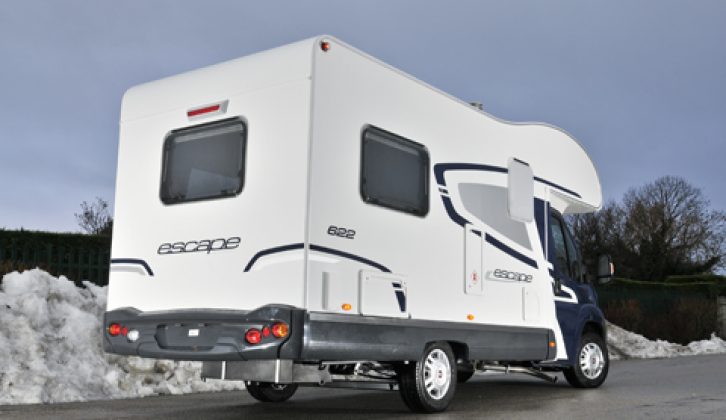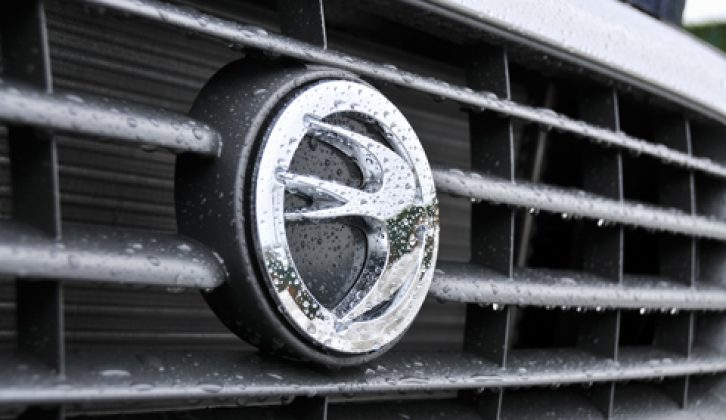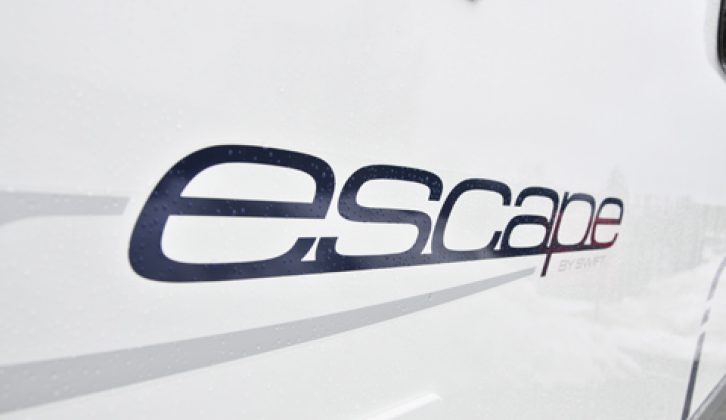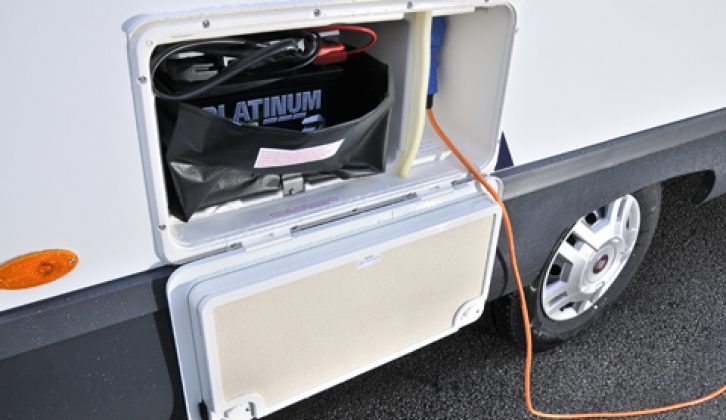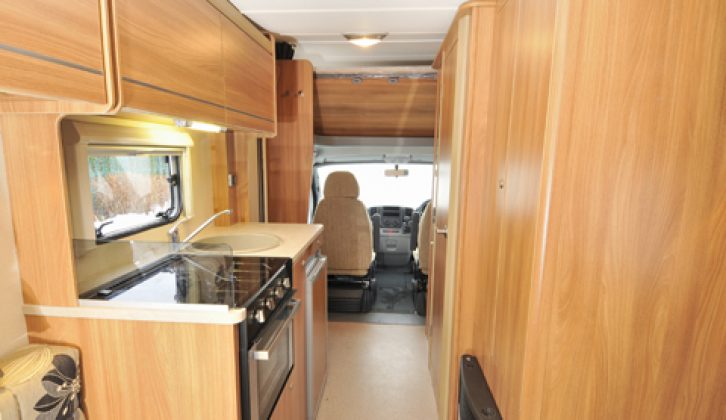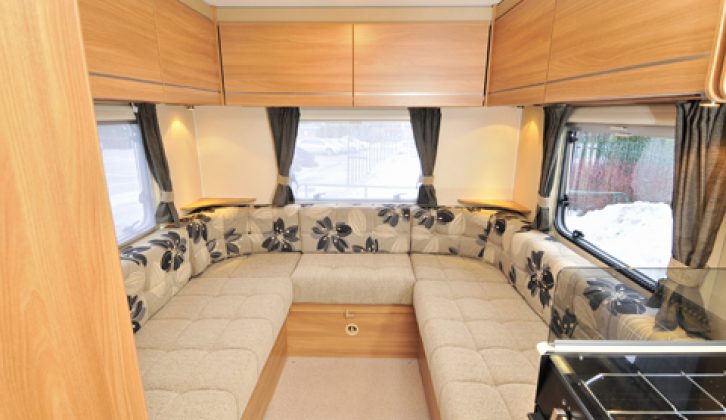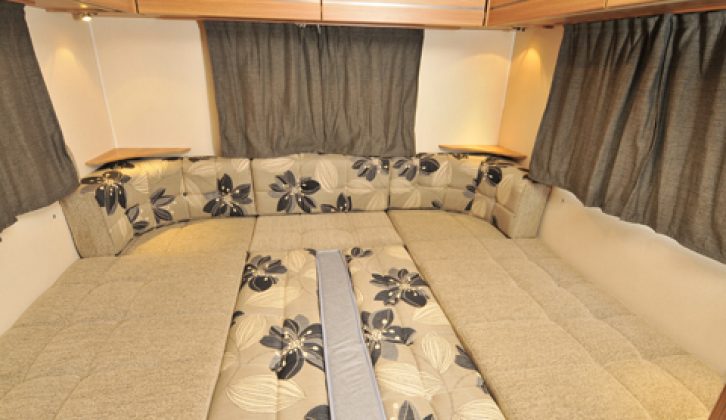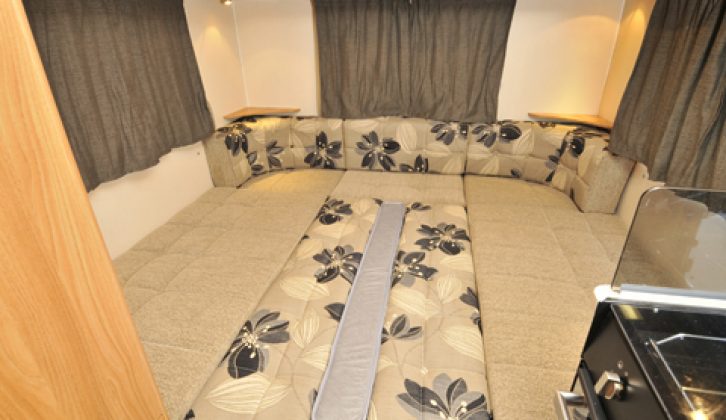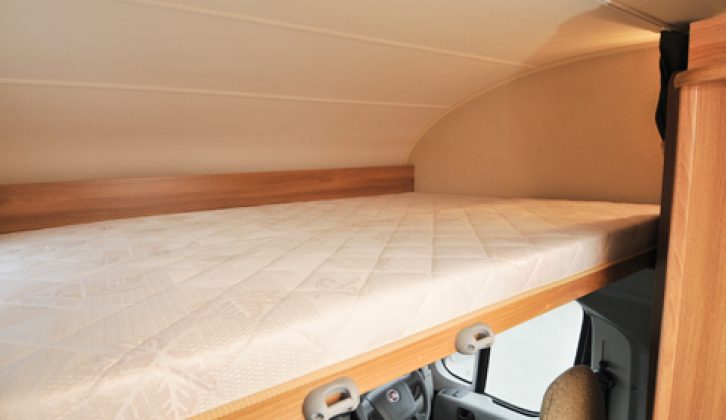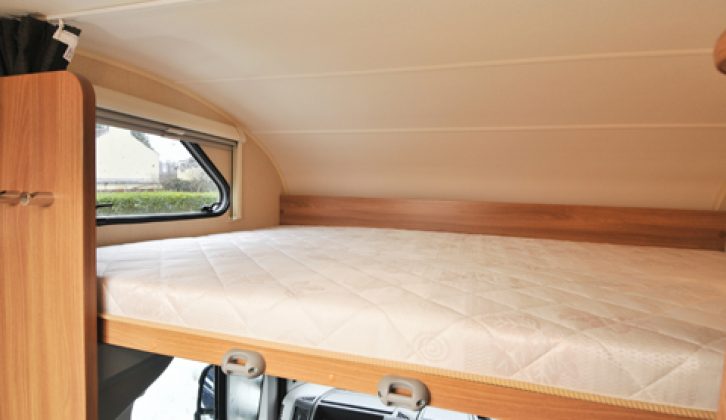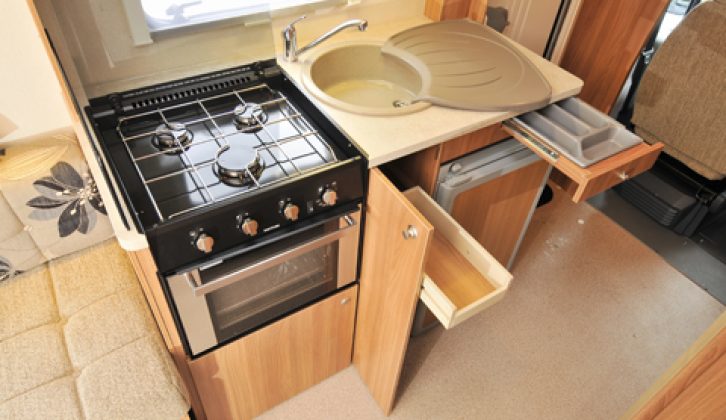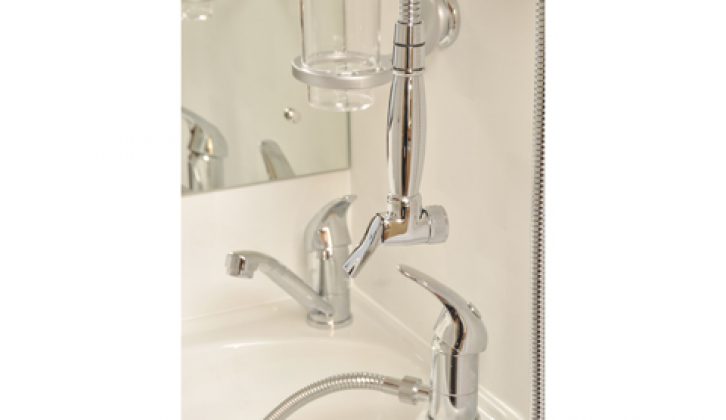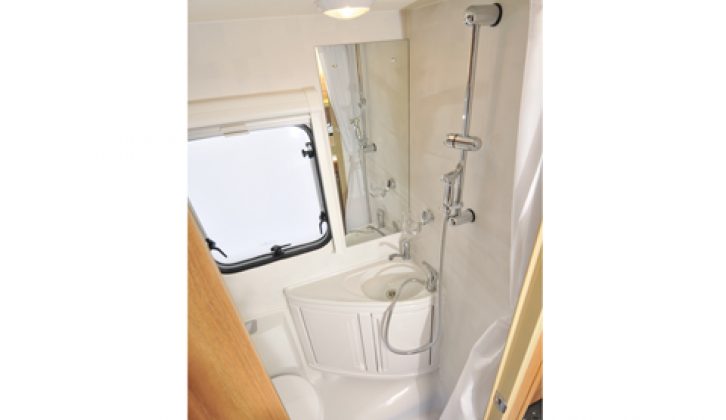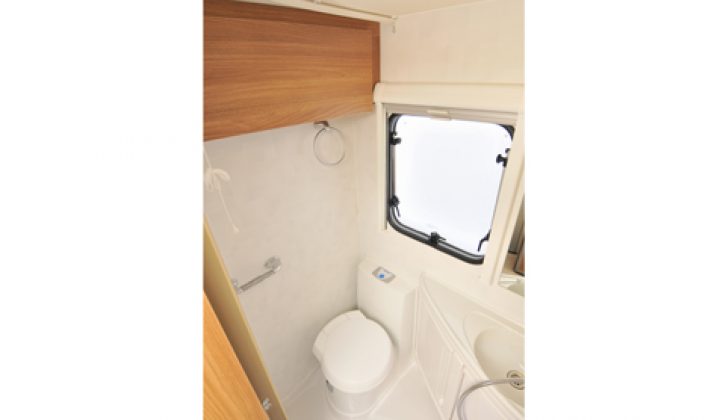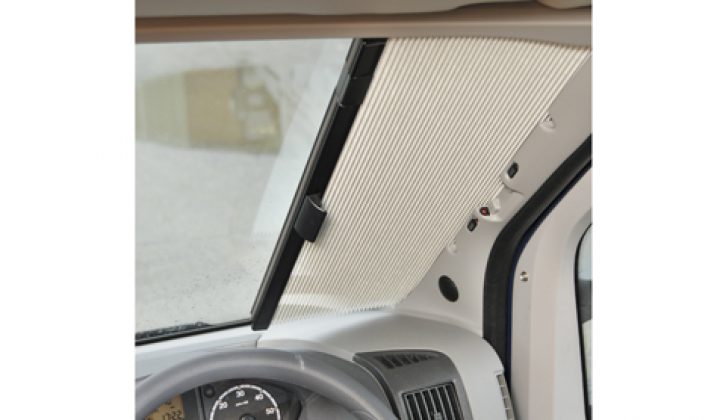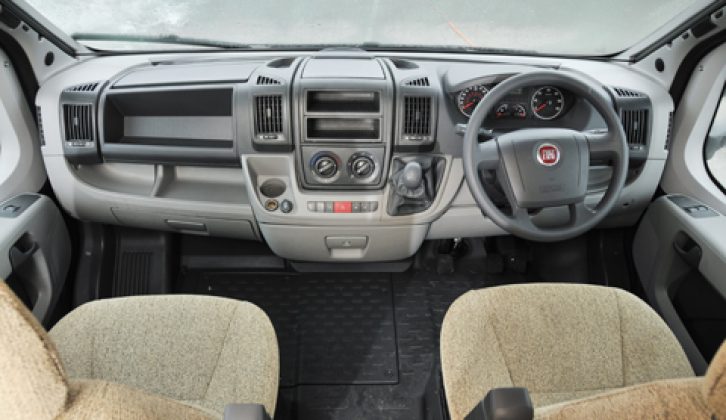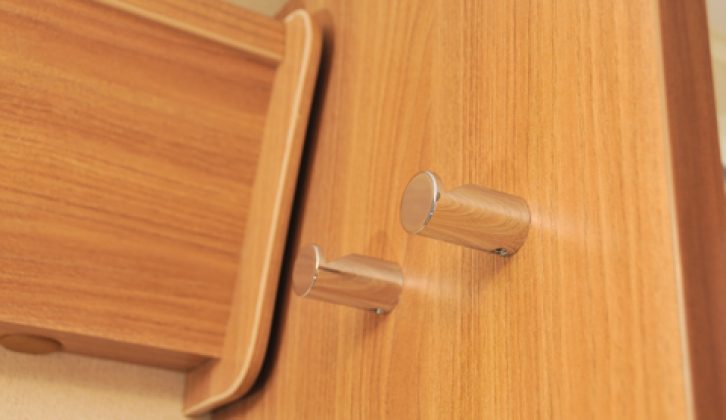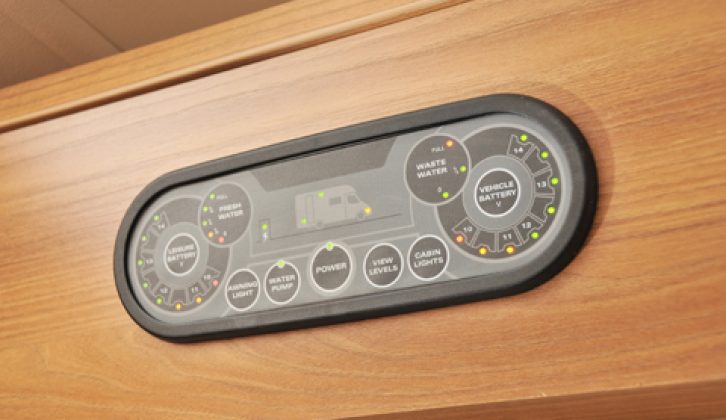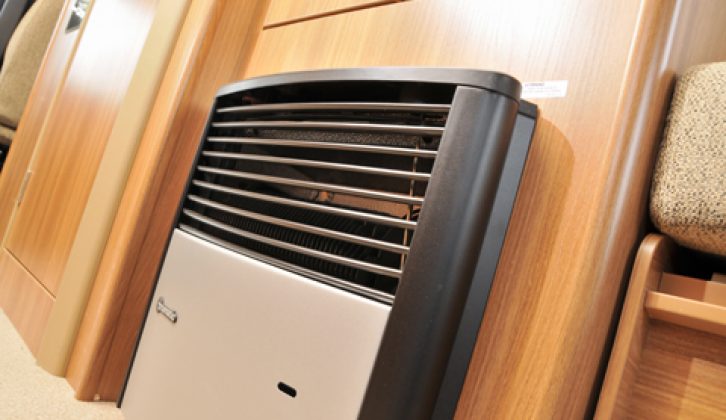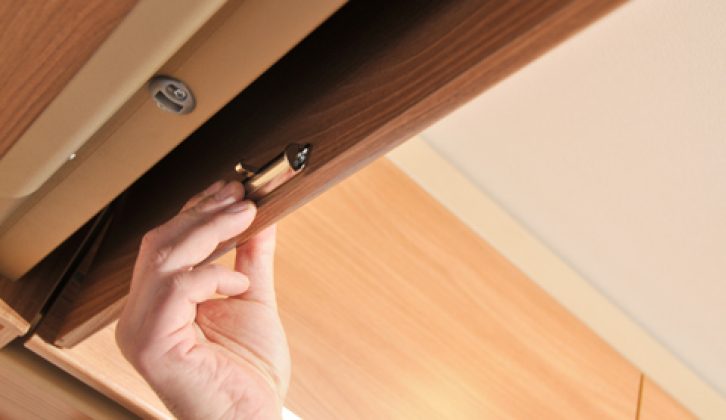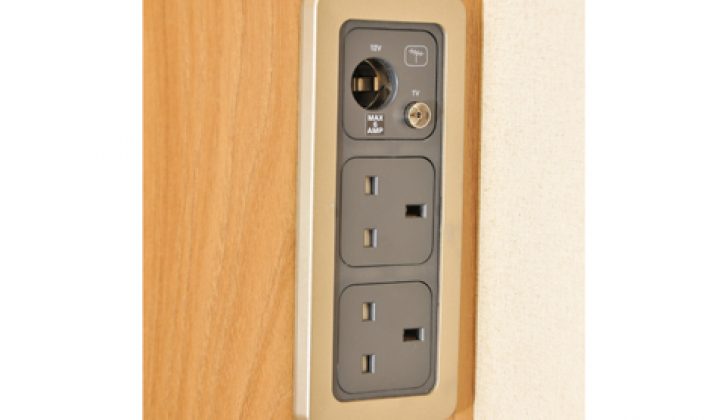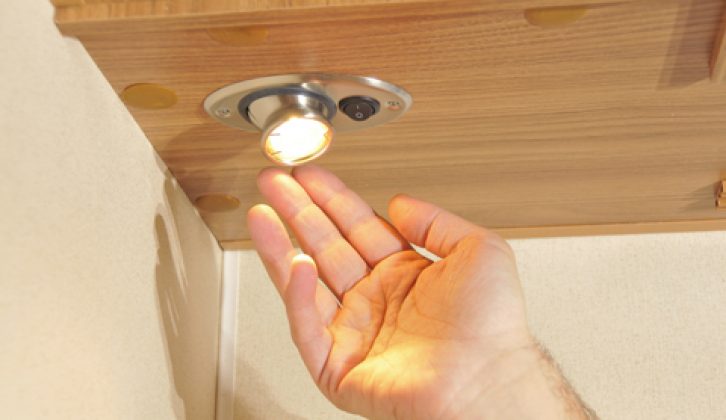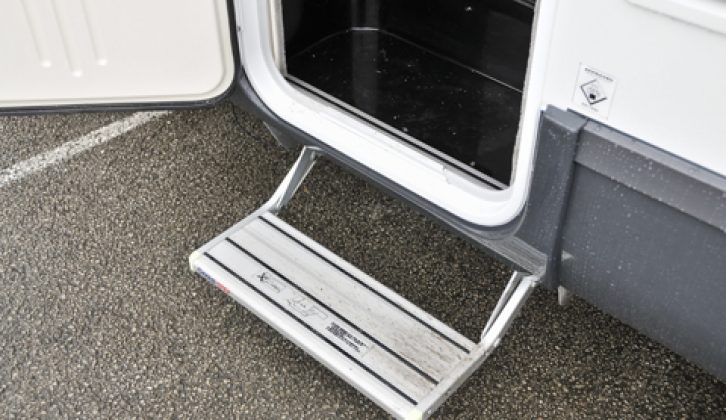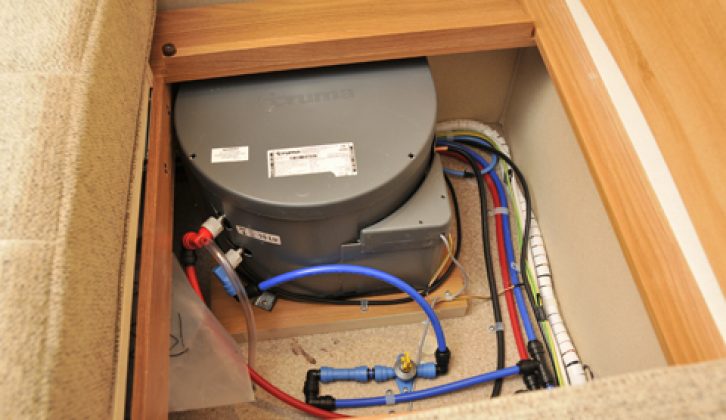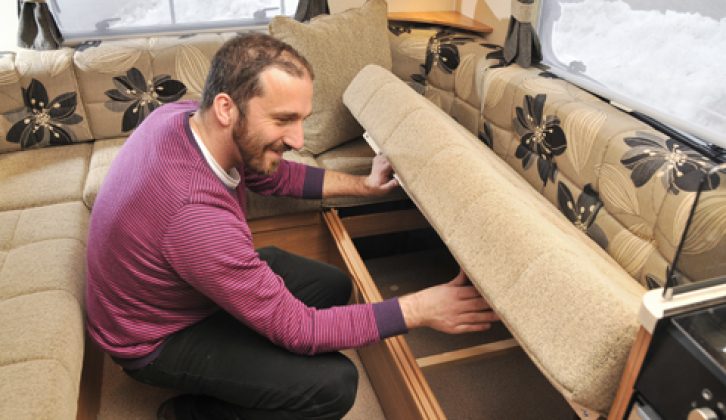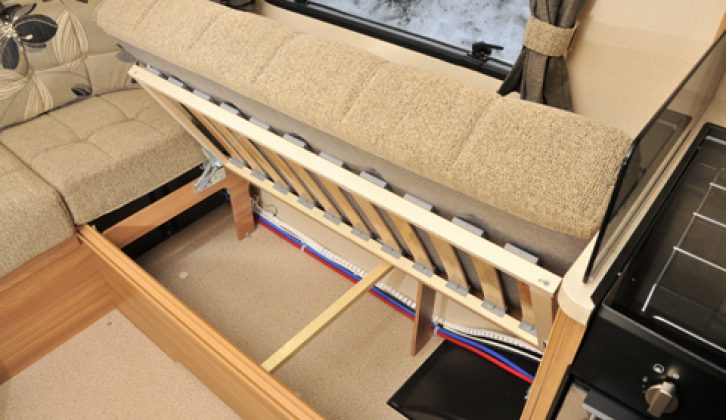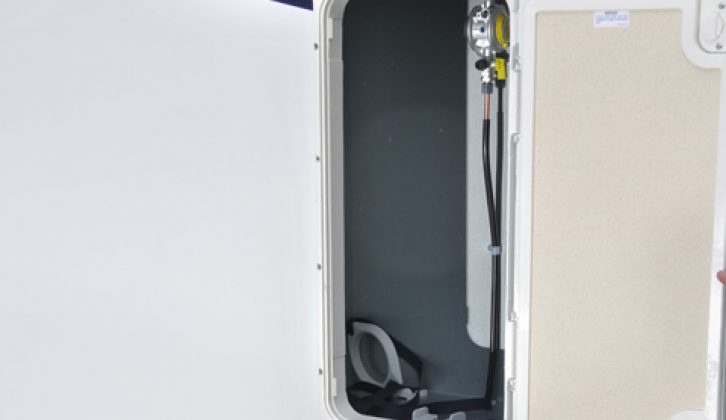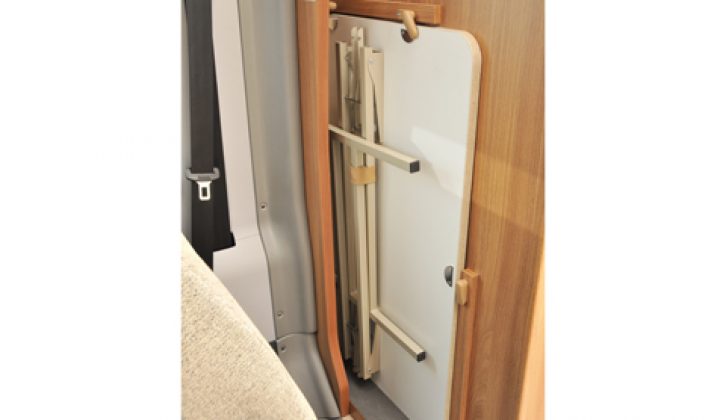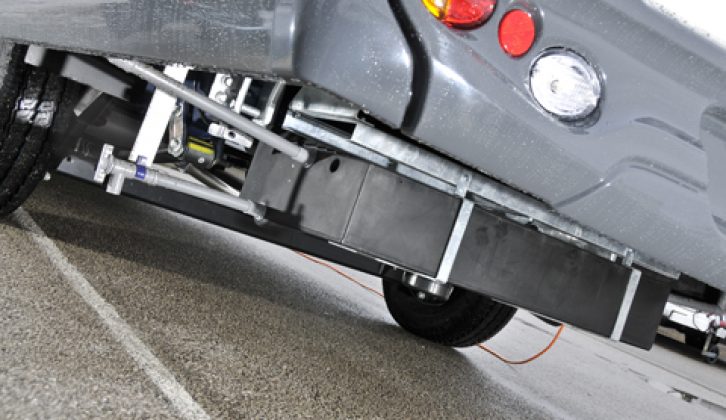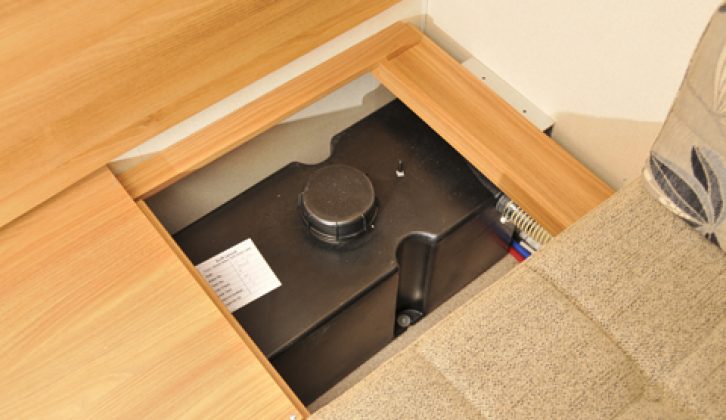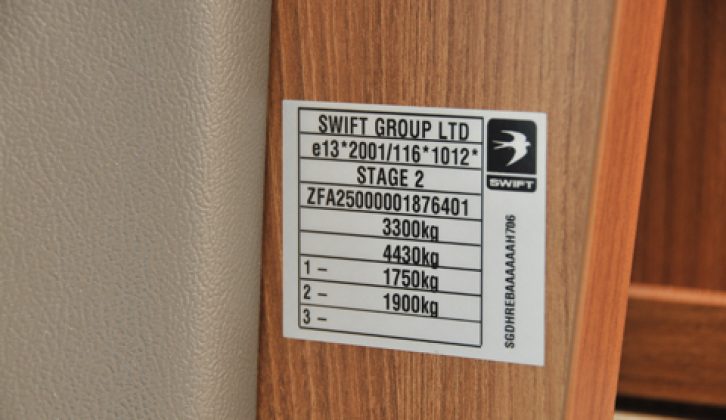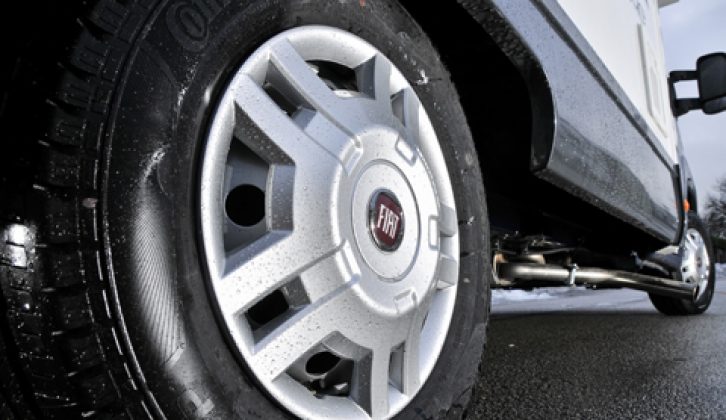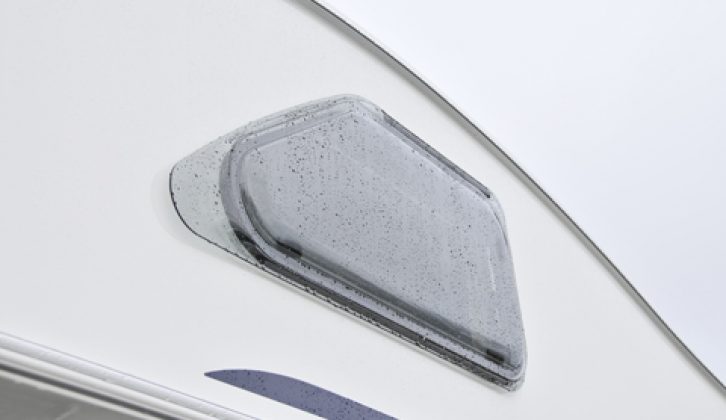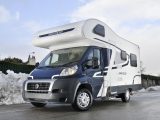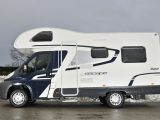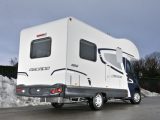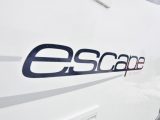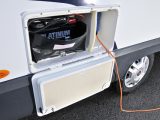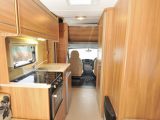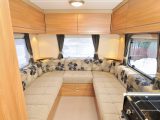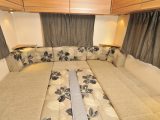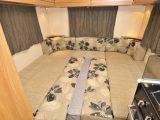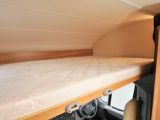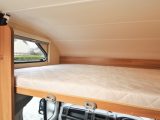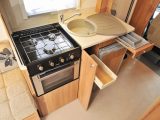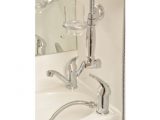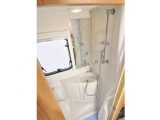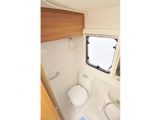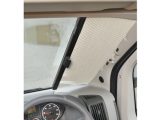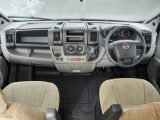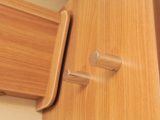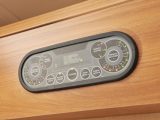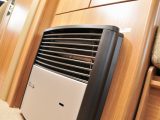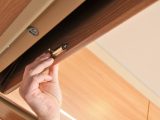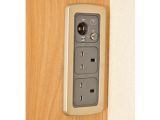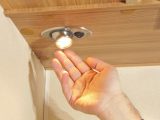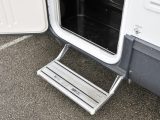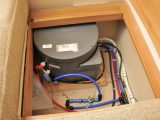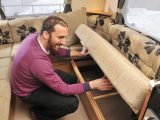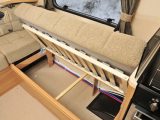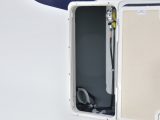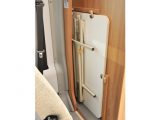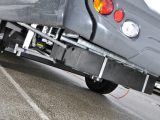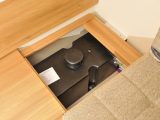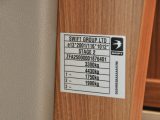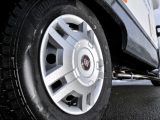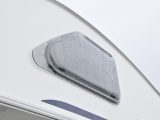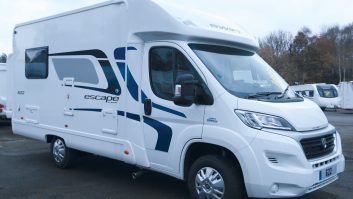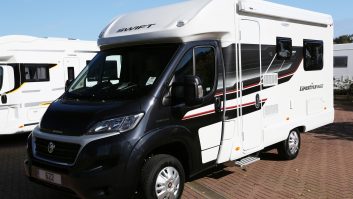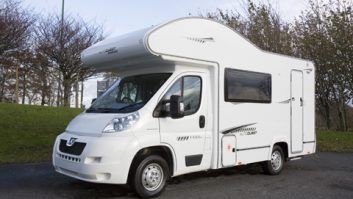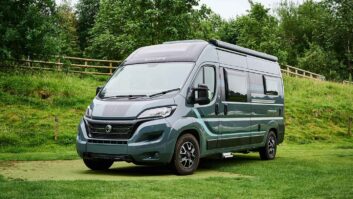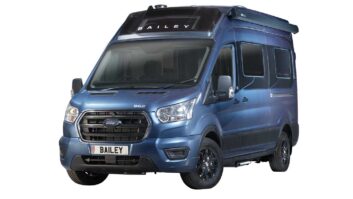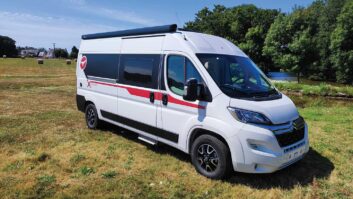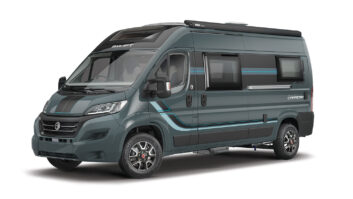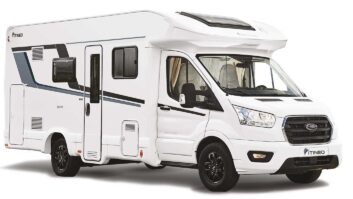Verdict
More appealing inside and out, the Escape range continues to offer exactly what couples and families on a budget need.
Pros
Stylish new wheel trims; heavy duty chassis extensions; new upholstery; new control panel
Cons
No access to the underseat lockers from the outside; no electric mirrors or passenger airbag
Two years on from its 2009 launch, the four-model Escape range has enjoyed an impressive external and interior make over.
So what’s changed? The four original layouts still continue broadly as they were.
The Swift Escape 622 is a four-berth with one belted passenger seat, the 624 a five-berth end-kitchen high-line with three belted passenger seats, the 664 is a four-berth fixed-bed low-line with three passenger seats and the six-berth 686 high-line offered a full complement of five belted seats.
New for the 2011 season is the 696, another six-berth model with bunkroom at the rear, which doubles as a storage area with external access, and again, five belted passenger seas.
First impressions: the new look is striking. The blue cabin paintwork is now more cleverly connected to the caravan body thanks to sweeping new graphic treatments. The body features one-piece, thick gauge aluminium walls, with moulded skirts and a lower rear panel with light clusters. New wheel trims are an improvement on the original range.
All five models are based on the Fiat Ducato, powered by the 100 MultiJet engine with the five speed gearbox as standard. It’s a great engine, although some testers and owners complained it was rather underpowered for the larger, six berth model. The 130 MultiJet engine is available as an option on the 686 and 696.
There’s little evidence of cost cutting in the cab area – the cab seats are upholstered to match the living quarters, with single armrests, and there’s a drop-in carpet. Electric mirrors and passenger airbags don’t make the cut at this price point.
Some detailing is carried over from the group’s caravan manufacturing pedigree, like the external access locker that houses the leisure battery and mains electric input, enabling the owner to secure the cable when in use by locking the door. The water tanks are a good size (the 65-litre fresh tank is on-board at the rear in the 622 model pictured here) with rigid wide-boar drain pipes, and it still has a proper underslung spare wheel rather than a fix-and-go type kit.
The floor of the motorhome is improved – it has treated plywood to reduce the risk of water ingress and softening underfoot. Also, the woodgrain finish looks slightly darker to us than that in the original Escape.
The original, simple chassis extensions have been replaced by the heavy duty versions fitted to higher priced Swift Group models that can accommodate a towbar. Part of the special value comfort pack (£499) buys you an electric entry step with automatic drive-away retraction, a concertina door flyscreen, ultraheat dual fuel blown air heating that’s ducted to the living, sleeping and washroom areas, a pleated windscreen blind and a pair of scatter cushions. We anticipate most buyers will opt for this good value pack.
Inside, it’s as you were, which means stylish locker doors without handles, drop-in carpet covers and a Heki rooflight over the lounge area. There is a nice new electrical control panel, though, which we found intuitive to use.
Sleeping is still generous and comfortable throughout. The overcab bed base is hinged and raises on gas struts. The wraparound lounge in the 622 could conceivably be used as two singles (one sofa measures 190cm, the other slightly less) or a massive double. It’s a caravan-style, slatted roll-out base and infill cushions for the latter option.
The Swift Group has injected a healthy dose of extra showroom sizzle to its best-selling range at a time when it’s most needed – when VAT rates have risen to 20 per cent and it’s harder than ever for motorcaravanners to buy new. This remains a sound product, with some genuinely appealing, new reasons to look at it again if the original Escape range wasn’t quite for you. It has all the hallmarks and quality of Swift’s top class design and manufacturing know-how.
Swift’s original slogan for the Escape range was ‘get away from it all for a lot less than you’d expect’ and that still applies for couples and families who are forced to look harder than ever at how they spend their hard-earned holiday cash.
Technical Specifications
| Payload | 470 kg |
| MTPLM | 3300 kg |
| Shipping Length | 6.30 m |
| Width | 2.24 m |
